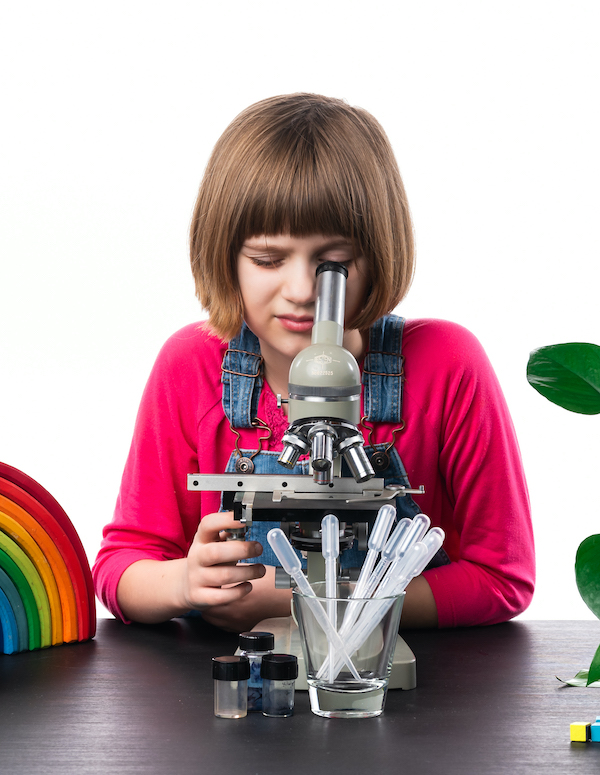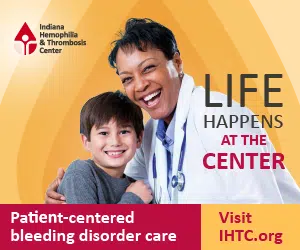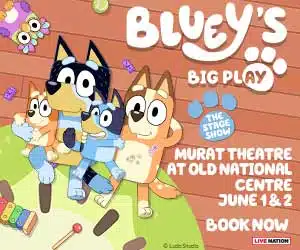People often ask me, “When did you know that you wanted to be a paleontologist?” My answer is that I have always wanted to be a scientist. Since I could crawl to look at my grandmother’s collection of rocks and fossils, I was in awe of the natural world. Most toddlers are. I never knew my grandmother, but her vibrancy and inquiry of the natural world lives within me and continues to this day.
Seeing and learning about female role models in STEM is critical for girls to understand that there is a place for them in science, technology, engineering and math disciplines. The Lilly Girls and Young Women in STEM initiative at The Children’s Museum of Indianapolis aims to ensure that girls are not only immersed in STEM but are also inspired to actively engage in these disciplines.

Museums are a prime location for object-based inquiry that can open a door to the world of STEM. Additionally, museums offer the opportunity to engage with real scientists and experts while being in an immersive environment that actively engages young minds. The Children’s Museum of Indianapolis uses extraordinary and diverse environments to promote family learning, such as National Geographic Treasures of the Earth, Corteva Agriscience ScienceWorks and Dinosphere, as well as Wild Weather. The experiences they create are founded in the very design of the exhibits that bring adults and children together to understand cause and effect, solve puzzles, explore new tools or simply start a conversation.
Museums are without a doubt an important place to teach children about science, but they are not alone. Some of my fondest memories of childhood are of when my father and I would go on nature walks together. I cherished this individual attention and learned to appreciate the natural world from a very young age.
This appreciation and curiosity about our planet and its environments made me want to pursue a career in paleontology. When I talk about being a paleontologist to young girls, I tell them that I get to be outside all day, dig up dinosaur bones, hang out with my friends and expand our understanding of the history of life on Earth. My favorite part of my career is that I get to learn new things every day and pass that knowledge on to others.







